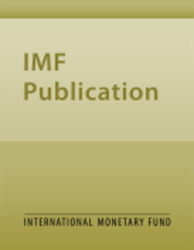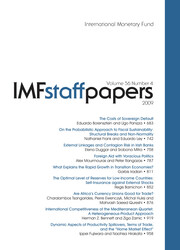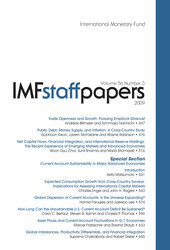
IMF Staff Papers:Volume 49: Special Issue: IMF Annual Research Conference
The uncovered interest parity (UIP) works better on average in the 1990s than in previous eras in the sense that the slope coefficient from a regression of exchange rate changes on interest differentials yields a positive coefficient.
READ MORE...
Volume/Issue:
Volume 2002
Issue 005
Publication date: November 2002
ISBN: 9781589061231
$15.00
Add to Cart by clicking price of the language and format you'd like to purchase
Available Languages and Formats
| English |
Topics covered in this book
This title contains information about the following subjects.
Click on a subject if you would like to see other titles with the same subjects.
Investments and Securities-General , Economics- Macroeconomics , Money and Monetary Policy , Public Policy - Social Services and Welfare , SP , company , market reform , lending boom , recipient government , firm performance , donor community , Depreciation , Credit , Real exchange rates , Personal income , Exchange rates , Africa , Global , Central and Eastern Europe , Europe
Summary
This paper reports for uncovered interest parity (UIP) using daily data for 23 developing and developed countries during the crisis-strewn 1990s. UIP is a classic topic of international finance, a critical building block of most theoretical models, and a dismal empirical failure. UIP states that the interest differential is, on average, equal to the ex post exchange rate change. UIP may work differently for countries in crisis, whose exchange and interest rates both display considerably more volatility. This volatility raises the stakes for financial markets and central banks; it also may provide a more statistically powerful test for the UIP hypothesis. Policy-exploitable deviations from UIP are, therefore, a necessary condition for an interest rate defense. There is a considerable amount of heterogeneity in the results, which differ wildly by country.
Copyright © 2010 - 2024
Powered by:
AIDC



